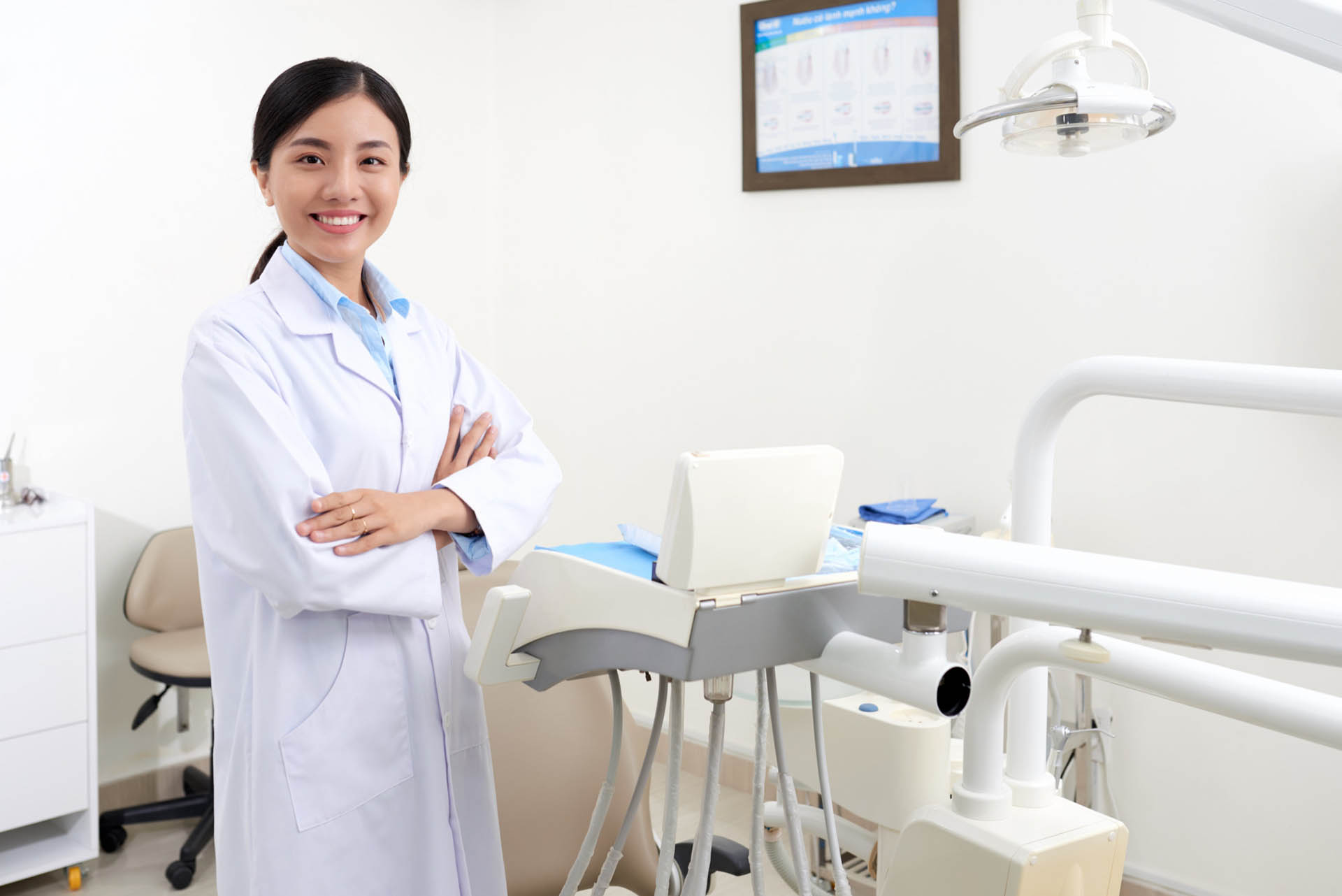Better
health
days
lives
Remote patient monitoring (RPM) is a subcategory of homecare telehealth that allows patients to use mobile medical devices and technology to gather patient-generated health data (PGHD) and send it to healthcare professionals.
Benefit Of Remote Patient Monitoring
There are many benefits of remote patient monitoring (RPM) for clinicians — ease of access to patient data, the ability to deliver higher-quality care to more patients with a lower risk of burnout — and for healthcare providers — lower costs and higher efficiency, to name just a couple. But what are the benefits of remote patient monitoring (RPM) for the patients?
It’s a question with a number of very encouraging answers. And as telehealth companies continue to innovate new and better technological solutions, even more benefits are likely to emerge in the years to come.

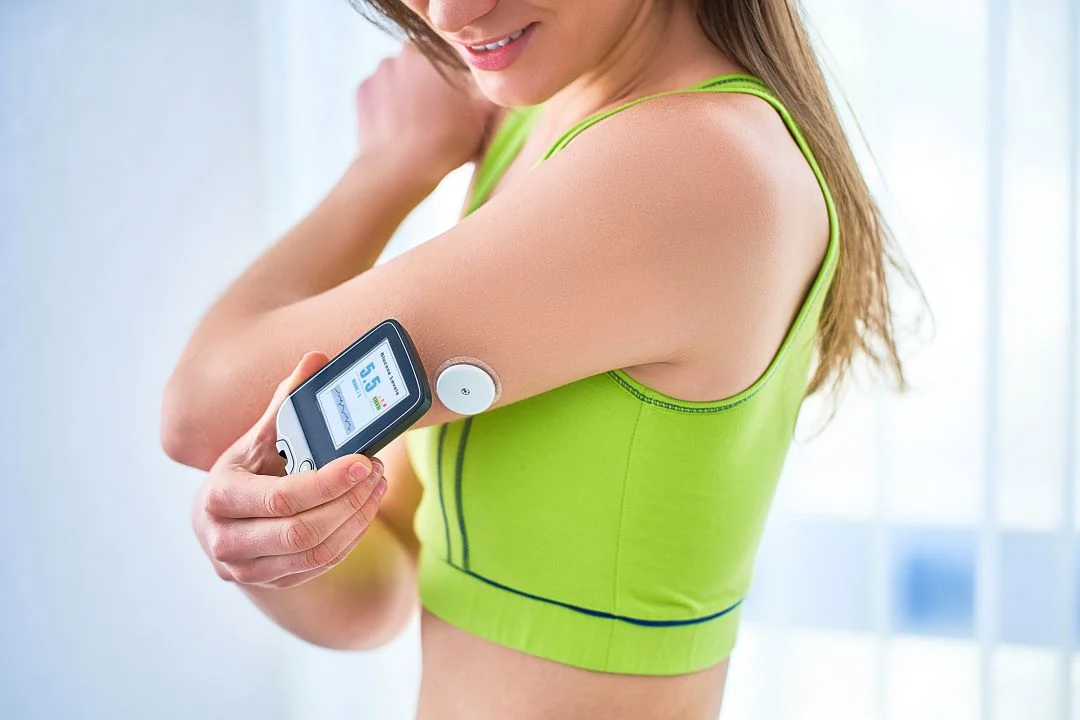

Engaging with Successful Remote Patient Monitoring Program
Identifying A Need
You first want to identify a need that you’re addressing with your RPM program. That need can either be addressing a current issue, such as high readmission rates, or capitalizing on an opportunity, such as adding new revenue streams. By identifying the need, your practice can more easily prioritize resources by focusing the program around that need. Additionally, you’ll make clear the purpose of the program, making it easier to get buy-in from key stakeholders and provide long-term stability for the program. You can boil down your stakeholders into three categories: the administration and leadership, the staff, and the patients. The need that you’ve identified should provide value to each of those stakeholders. .
Forming Your Team
To help ensure the success of your RPM program, you’ll want to engage the right people. The size of your team will largely depend on your needs and the size of your practice. If you’re a small private practice, your team may only have one dedicated resource who is accountable for managing the program, but the implementation is a group effort.
Patient Experience and Engagement
There are many benefits to implementing an RPM program, with patient experience being an important one. As part of the patient experience, you’ll want to set goals like improving patient satisfaction rates, patient engagement, your patient-to-care team ratio, or care plan compliance, just to name a few.
Financial Reimbursements
RPM provides additional streams of revenue for providers and has been shown to reduce healthcare costs. RPM can offer an additional $207/month to your practice; this includes $55 for 20 minutes of RPM staff time and $64 for the provided device with daily monitoring.
You can set various goals for reducing costs, including the number of reduced patient cancellations, labor costs, readmission costs, ER visits, and more. You can set revenue goals like increases in total per-patient revenue, total practice revenue, etc.
Provider Satisfaction
RPM will make the jobs of your care managers and staff easier. The goals you set for provider satisfaction may include the amount of reduction in staff time allocated to certain tasks, staff turnover rate, and employee burnout. You can also track staff and physician satisfaction levels, setting goals for a certain increase over a set period of time.
Example of Remote Patient Monitoring Devices
Blood Pressure Monitor
The research is clear on the benefits of blood pressure monitors. That’s why practices are increasingly employing blood pressure monitors, typically cuffs worn on patients' wrists, to improve hypertension management.
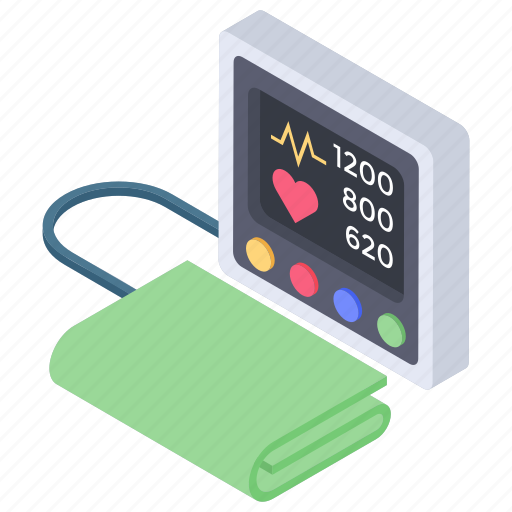
Weight monitor
It probably comes as no surprise that there’s an obesity problem in the United States. Complicating this issue further is that obesity-related conditions can include such serious health matters as heart disease, stroke, type 2 diabetes, and certain types of preventable cancer. Practices can use remote weight monitoring, typically performed via a scale, for prevention purposes.
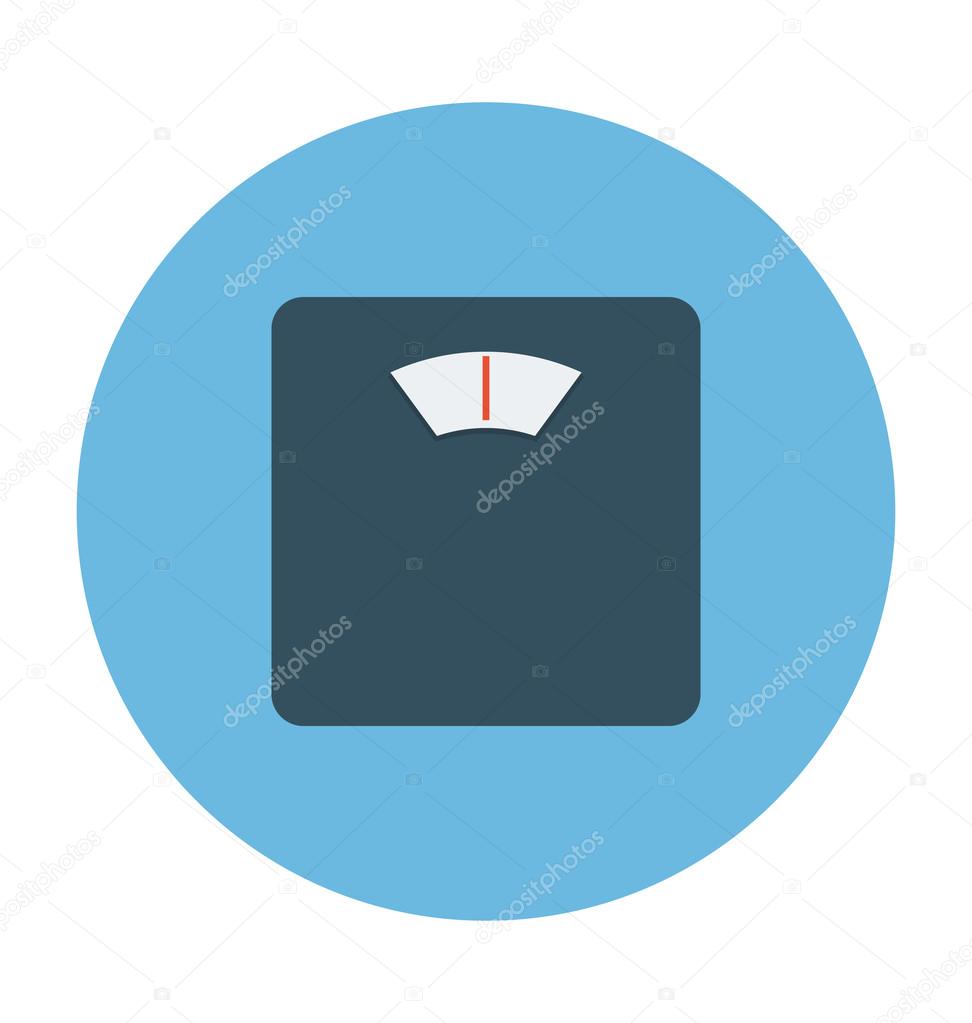
Blood glucose monitor
For diabetics, monitoring blood glucose levels is absolutely critical to their safety. In fact, diabetes patients are some of the most aware concerning digital health, and monitoring blood glucose levels is one of the most effective remote patient monitoring applications.

Spirometer
Spirometry, also known as pulmonary function testing, measures lung function. Specifically, a spirometer measures the volume (i.e., amount) and/or flow (i.e., speed) of air that an individual can inhale or exhale. Spirometry testing plays an essential role in diagnosing lung diseases as well as assessing and monitoring conditions such as asthma and chronic obstructive pulmonary disease (COPD).
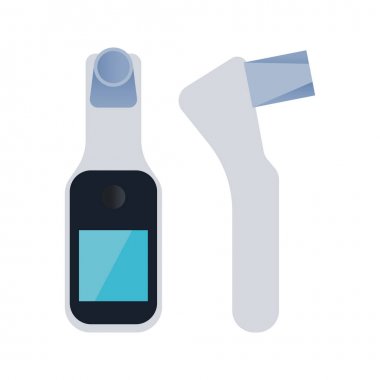
Financial Perspective of Remote Patient Monitoring


